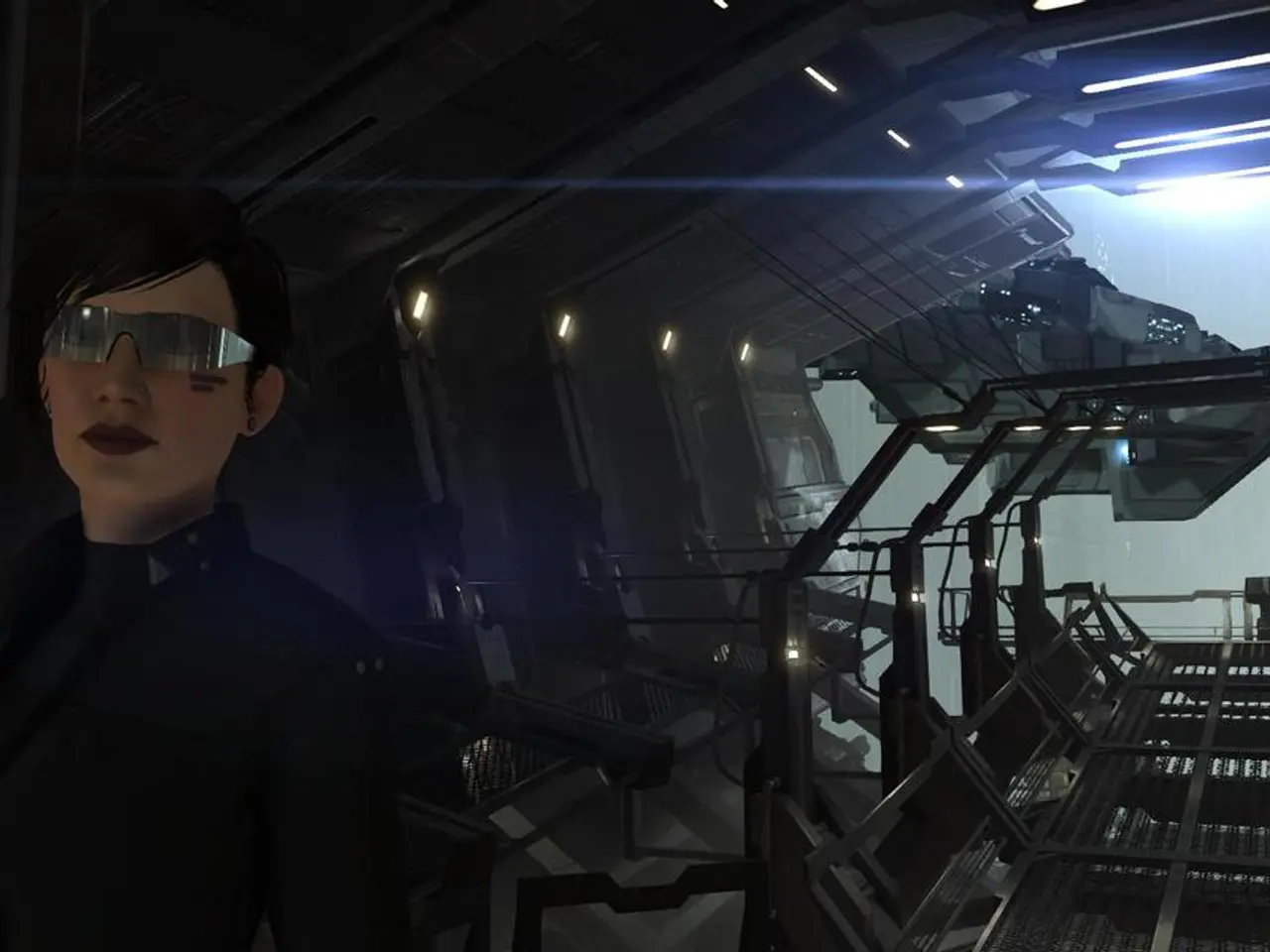Monitoring Visual Attention in Power Grid Operations through Eye Tracking Technology
In a groundbreaking development, recent research is shedding light on the potential of eye tracking metrics to revolutionise the way situation awareness (SA) is evaluated in power systems control room operations. Traditional methods, such as subjective self-assessments and behavioural indicators, have been found to be impractical or unreliable during real-time tasks, making way for a more objective and real-time approach.
The new method, eye tracking technology, offers a promising complement or alternative to traditional methods. By providing continuous, unobtrusive data on gaze patterns and visual attention, eye tracking enables the measurement of how operators focus their attention, which strongly correlates with their situational awareness and cognitive workload.
Key comparative points between eye tracking metrics and traditional methods highlight the advantages of the former. For instance, eye tracking provides objective, real-time monitoring, unlike subjective assessments that rely on self-report or post-task analysis. Furthermore, it enhances the differentiation of skill levels, as demonstrated in high-stakes domains such as medical training, suggesting similar potential in power systems to assess operator expertise and situational awareness more precisely.
Modern approaches are evolving towards cognitive monitoring that combines eye tracking with other sensor data to assess workload, fatigue, and stress, without undermining operator autonomy. This holistic monitoring improves early warning mechanisms and decision support in safety-critical environments like power control rooms.
The implications of these findings are far-reaching. Eye tracking supports improved situational awareness by highlighting attention deficits or overload situations, enabling interventions that reduce errors and enhance decision speed and accuracy. In fast-paced, dynamic power systems control rooms, this could mean a significant reduction in human error and a more efficient decision-making process.
While the study under examination is a pilot study, its findings suggest that eye tracking metrics surpass traditional methods in objectivity, timeliness, and granularity for evaluating situational awareness in power system control room operations, especially when integrated into comprehensive cognitive monitoring systems designed for safety-critical tasks.
In conclusion, the future of evaluating situation awareness in power systems control rooms seems to be shifting towards the use of physiological measures such as eye tracking. As research continues, we can expect to see more advancements in this area, leading to more adaptive and trustworthy monitoring in complex control room environments.
- As research progresses in the field of eye tracking technology, its potential application in medical-condition diagnosis could be explored, given its ability to measure cognitive workload and situational awareness, an area where traditional methods have proven unreliable.
- Leveraging science and technology, eye tracking metrics could revolutionize the diagnoses and management of several medical conditions, by providing continuous, unobtrusive data on gaze patterns and visual attention, thus offering a more objective and real-time approach compared to traditional self-assessments.




